Ready to learn more?
Get in touch.
To find out if we could be your new recruitment partner,
please reach out via phone or email.
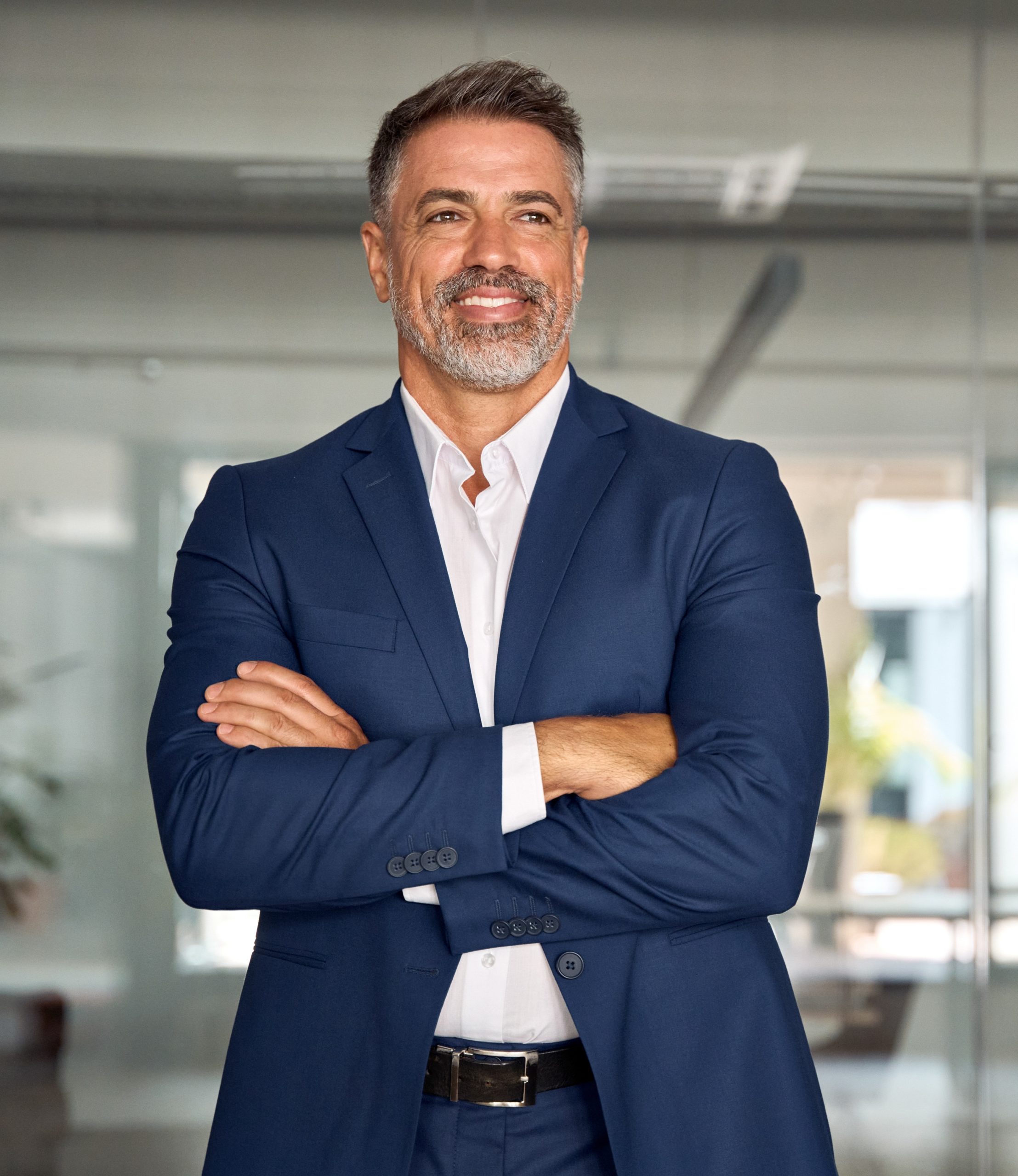

Whatever you are looking for – we´ll find it.
In Get Hunted, we utilize advanced search methods and cutting-edge tools to connect you with the brightest talents, ensuring your organization thrives with the best minds from around the globe.
Our tactical search strategies enable us to sophistically track down the most complex profiles, following the same process employed by traditional executive search firms. What sets us apart is our deconstructed approach to executive search, which unlocks significant cost savings for our clients without compromising the quality of their hires.
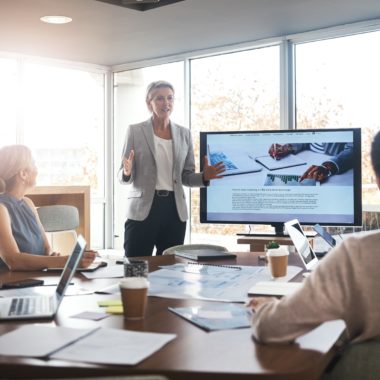
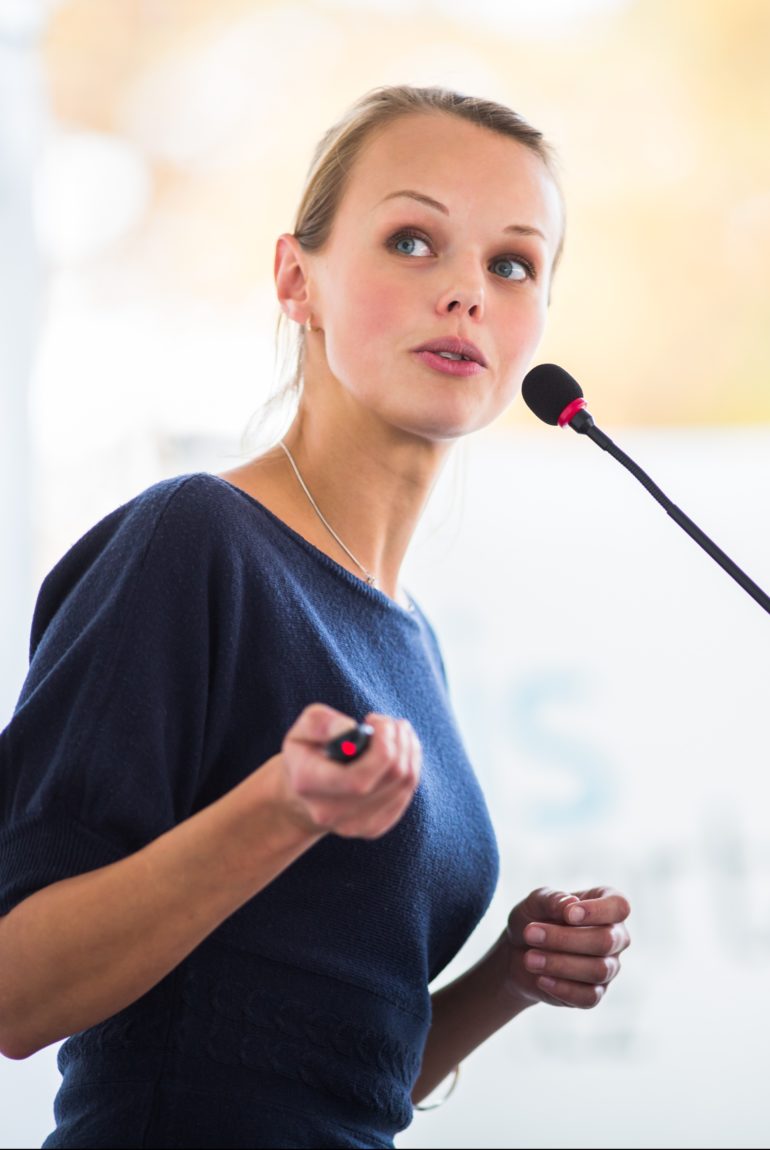
/01
We provide you with a refined pool of top-notch professionals who match your vision of excellence. From industry leaders to rising stars, we meticulously scout the talent landscape, leaving no stone unturned. Our Executive Candidate Sourcing services enable you to to take control of the selection process and shape your executive team with confidence and precision.
/02
Whether you lack the resources, time, or specific knowledge, we are your trusted partner in expanding your talent pool and filling crucial positions. We act as an extension of your team, and with our assistance you can recruit in new geographical areas, access untapped talent pools, and leverage our comprehensive candidate sourcing process to enhance and speed up your recruitment outcomes.

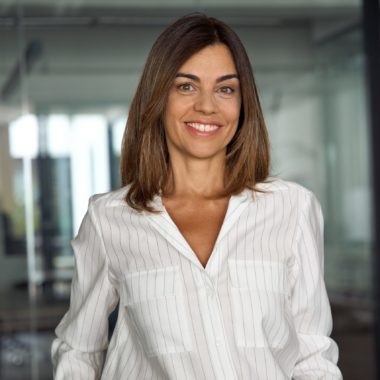
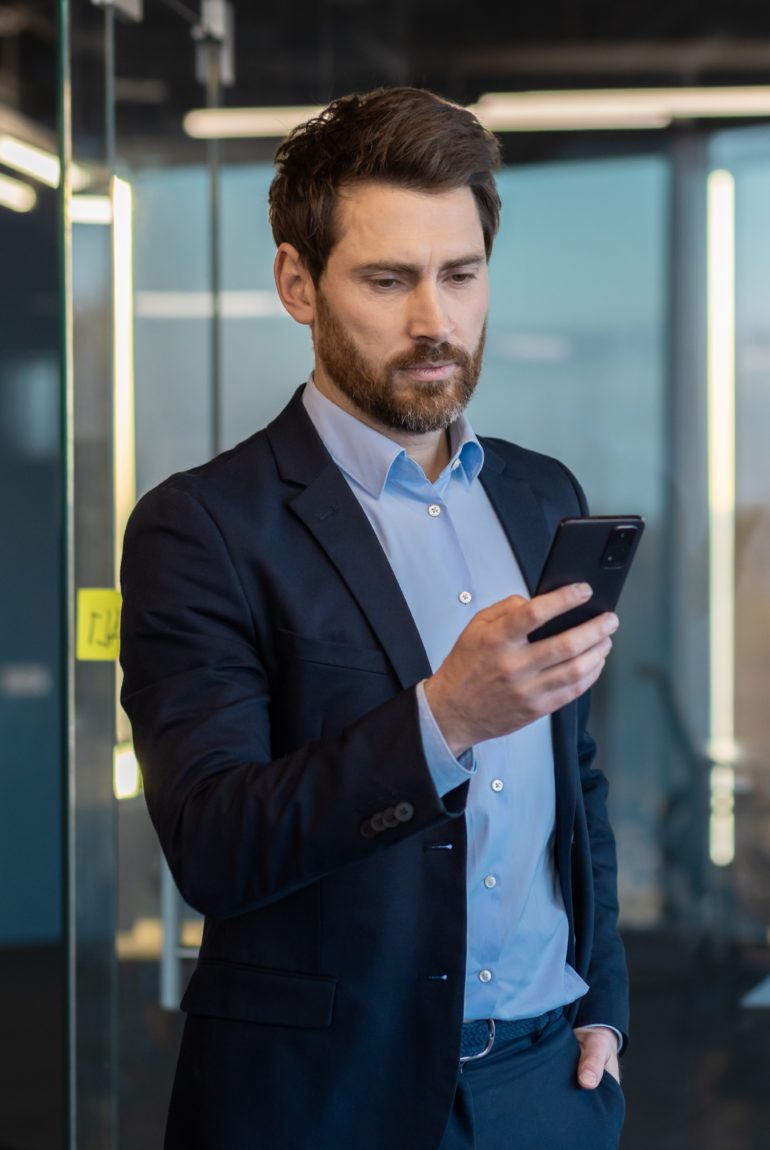
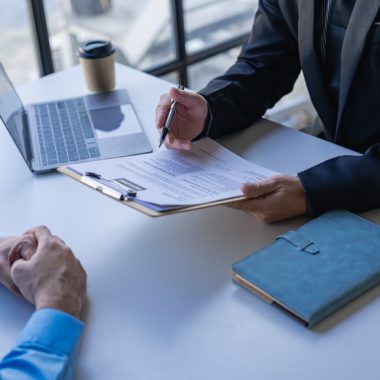
/03
When you have too much on your plate or need to expand your search internationally, we’re here to help. We act as your reliable extra resources, providing support in locating candidates with precision and efficiency. With our partnership, you can take on more searches, secure your client relationships and ensure you have the resources to deliver exceptional results.
PRECISION
It does not matter how good you are at the selection process, if you don´t have the right candidate pool to select from. Our processes are focussed, targeted, thorough and creative. We go off the beaten path to bring you the perfect candidates.
FLEXIBILITY
All companies are unique, and your recruitment needs and requirements can change rapidly. One process does not fit all. We adapt to your situation and challenges, we adjust along the way if necessary, and you buy only the part of the process that you need.
DISCRETION
Executive recruitments can be sensitive for a variety of reasons, and we are used to handling them all. We know how to share the right information at the right time, and how to ensure a confidential and discrete process – for companies as well as for candidates.
INTELLIGENCE
We gather market and candidate intelligence and share that with you through our Online Intelligence Portal. Make your map match the terrain, and base your hiring decisions on real time data to stay ahead of your competitors.
Unleash the power of precision search with Get Hunted. Let us be your ally in the quest for executive excellence.
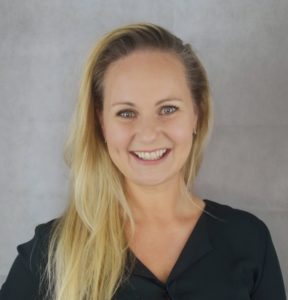
Get in touch.
To find out if we could be your new recruitment partner,
please reach out via phone or email.